Plant Science
Metabolite stimulates a crop while suppressing a weed
A metabolic compound that regulates growth of rice plants and limits witchweed infestation could boost crop yields.
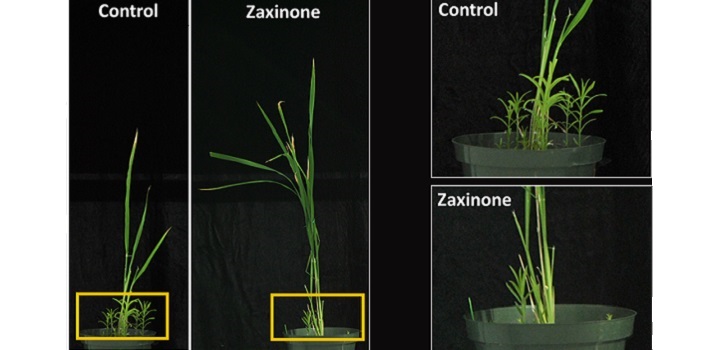

The KAUST co-first authors in the KAUST Greenhouse (from left to right): Muhammad Jamil, Jian You Wang, Yoshimoto Saito and Imran Haider.
© 2019 Jian You Wang
A newly discovered, naturally occurring metabolite that promotes growth in rice plants and thwarts infestation by a common parasitic plant could help improve global food security, say KAUST researchers. Plant scientists are working on methods for generating healthy, nutritious crops to feed the world’s growing population. However, breeding strong plants that provide reliable, sustainable yields is beset with challenges, including battling parasitic infestations and plant infections.
Apocarotenoids are organic compounds found in the tissues of most living things; they can act as hormones and signaling molecules which, among other functions, stimulate metabolic processes. Scientists are just beginning to untangle the complex networks of these compounds in plants, with surprising results.
Under the guidance of KAUST faculty Salim Al-Babili, Takashi Gojobori and Ikram Blilou, the KAUST team, together with scientists in Italy, have identified a novel apocarotenoid metabolite called zaxinone that is synthesized by a previously overlooked group of enzymes, carotenoid cleavage dioxygenases (CCDs), found in most plants. As well as promoting plant growth, zaxinone reduces infestation by the root parasite, Striga, also known as witchweed.

The KAUST team from left to right (back row): Kun-Peng Jia, Bubacar Kountche, Jianing Mi and Aparna Balakrishna; (front row): Imran Haider, Yoshimoto Saito, Jian You Wang, Salim Al-Babili, Takashi Gojobori and Muhammad Jamil.
© 2019 KAUST
The first author of the paper Jian You Wang explains, “Striga is a parasitic plant that infests cereals. Plant hormones called strigolactones are released by host plants into soil, and Striga seeds use this to germinate and build a structure that connects them to the host roots, where they siphon off nutrients, minerals and water. This strips the host of resources needed for its own growth, drastically reducing yields. Striga now affects more than 60 percent of farmland in sub-Saharan Africa and is spreading quickly; it is one of the seven major biotic threats to global food security.”
The team used sequence databases to analyze the distribution and activity of CCD genes across 69 different plant species, including rice. They identified a gene and its associated enzyme in one CCD subfamily that produces zaxinone. They investigated mutant rice plants with reduced zaxinone content to find that they had poor growth and elevated levels of strigolactones.
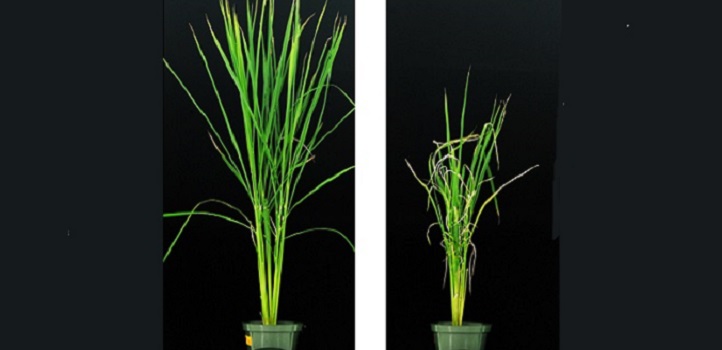
Mutant rice plants without zaxinone-producing enzyme (on right) experience poor growth when compared with wild-type plants (left).
© 2019 Salim Al-Babili
“Next, we exposed mutant and wild-type plants to increased zaxinone levels,” says Wang. “This treatment rescued the mutant plants and promoted the growth of wild-type plants. We were surprised to find that this metabolite regulates strigolactone levels with the knock-on effect of tackling Striga infestation.”
“We are very excited about zaxinone—it could be used to alleviate Striga infestation or as a bio-stimulant to accelerate plant growth,” Al-Babili adds. “We’re currently performing metabolomics and transcriptomics studies to fully understand this growth regulator and how it functions.”
References
-
Wang, J.Y., Haider, I., Jamil, M., Fiorilli, V., Saito, Y. …Al-Babili, S. The apocartenoid metabolite zaxinone regulates growth and strigolactone biosynthesis in rice. Nature Communications 10, 810 (2019).| article
You might also like

Bioscience
Hidden flexibility in plant communication revealed

Plant Science
Reference genomes for rice’s wild relatives may boost future crops

Bioscience
Digging into the world of plant-growth-promoting microbes

Environmental Science and Engineering
Hydrogen storage solution could lie in lakes

Bioscience
Unraveling modern bread wheat from the genes up
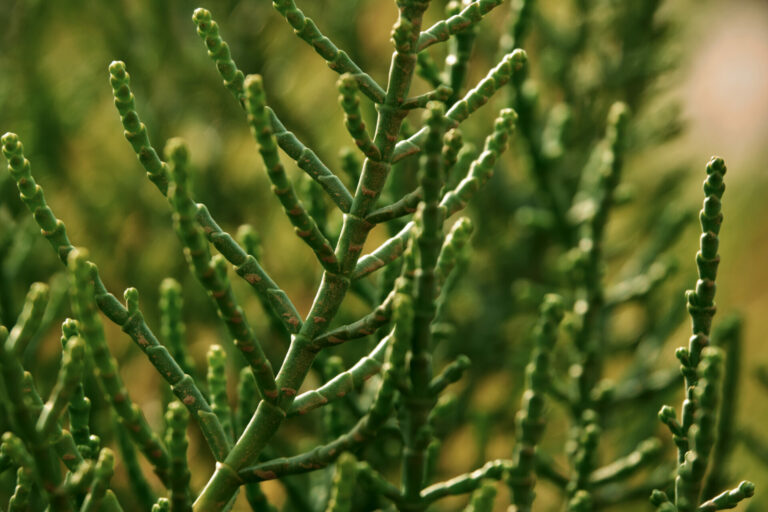
Bioscience
Why do some plants thrive in saline conditions?
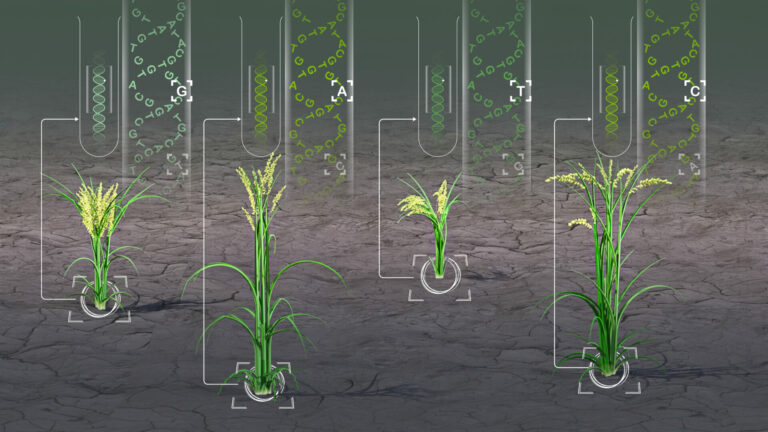
Bioengineering
Analytic tool reveals more cream of the crops
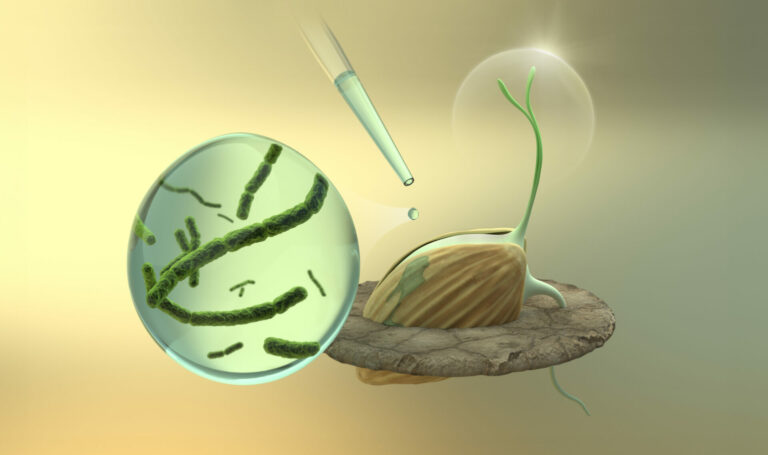
Plant Science




